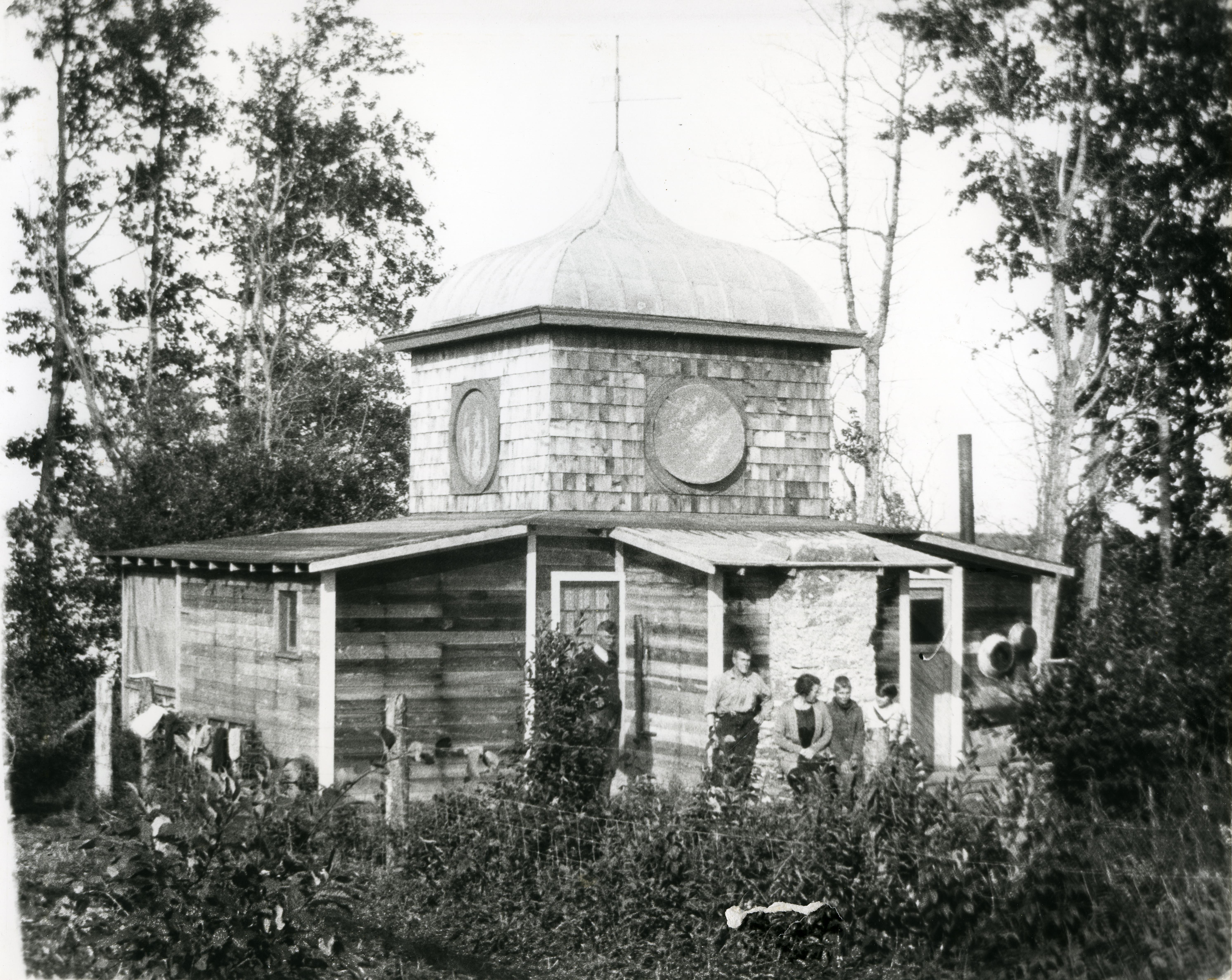The years 1910 to 1913 were wonderful times for West Central Alberta. Two railroads, the Alberta Central and the Canadian Northern Western were constructed west from Red Deer towards the newly discovered Brazeau coalfields.
A wave of prosperity followed.
New settlers flooded into the area. New towns sprang up and existing communities began to grow dramatically.
One place that particularly benefited from the boom was Sylvan Lake. New homes and businesses sprang up in the village.
Moreover, vacationers from Red Deer and cities such as Calgary and Edmonton found it much easier to travel to Sylvan Lake for summer fun and relaxation.
Soon, the traditional cottage areas of Upper and Lower Camp began to fill up. Hence, people began to create new lakeside subdivisions outside of the village.
One of the first to do so was Jonathan Northey. He purchased 56 acres of land, on the west side of the village, from Edmund Rosse, a young Swiss immigrant, who later became the postmaster in Sylvan Lake.
In June 1911, Northey subdivided the lakeshore property into lots, while farming the remainder of land to the south and west. Not surprisingly, he decided to name his new subdivision “Northey’s Point”.
A second subdivision was surveyed some distance to the west on Stevenson (now Honeymoon) Bay by Johann Uster, another Swiss settler.
However, it is unclear if this second subdivision, Sylvan Park, was officially registered.
In 1912, the real estate firm of Michener Carscallen of Red Deer developed Whitewold Beach, on the west side of Northey’s Point. The lots were sold for $100 to $200 each, with $25 extra charged for corner lots.
As the good times continued, a number of other subdivisions along the lakeshore were created. Unfortunately, by late 1913, the great boom finally broke. The outbreak of the First World War in 1914 meant that many years would pass before prosperity would return.
Many lakeshore lots remained unsold. Others were claimed by the rural municipalities for non-payment of taxes. Thus, several of the subdivisions reverted back to farmland, or became overgrown with heavy bush.
The situation began to improve slightly during the Great Depression. Sylvan Lake was viewed as an affordable family resort. Thus, growing numbers of people came out in the summertime, to camp along the Lake, or to erect small rustic cabins.
Significant changes came in the years following the end of the Second World War in 1945. There was a renewed interest in purchasing lakeshore properties
Among the first to buy were Kennett and Kathleen Lyle, who bought land west of Whitewold Beach (part of which was the old Sylvan Park site). They created a new subdivision on the lakeshore in 1947 and named it Lyle Landing.
Shortly thereafter, Jack and Muriel Innes purchased land from Henry and Della (Loiselle) Hussfeldt, the couple who had started the Alexander Pavilion/Prom Dance Hall in Sylvan Lake.
In 1956, the Innes’s subdivided part of their property and created Glen Innes, so named because of the large clearing (glen) on the property left by an old sawmill site.
In the mid-1960s, several lakeside property owners, with the Summer Residents Association, began to look to the creation of summer villages to better deal with local issues and to help maintain the amenities of the lakeside subdivisions.
On Jan. 1, 1965, the first of these summer villages, Norglenwold was created, incorporating Northey’s Point, Glen Innes, Whitewold Beach and Lyle Landing.
The new name was derived from parts of the three of the four subdivision names.
There have been several changes and additions to Norglenwold over the subsequent years. Sylvan Harbour Estates was developed on the west side of what is now Marina Bay, while Last Chance Way was developed on the old Baptist Camp property west of Lyle Landing ((1973).
New developments have also been created back from the Lake with Sylvan Lane and Ravenscrag (1983).
What has not changed is the strong commitment of the residents and property owners to maintaining the attractiveness of Norglenwold as well as the natural beauty and quality of the Lake.
On June 11 at Fox Run School at 10 a.m., Norglenwold will be celebrating its centennial at the annual ratepayers’ meeting.



